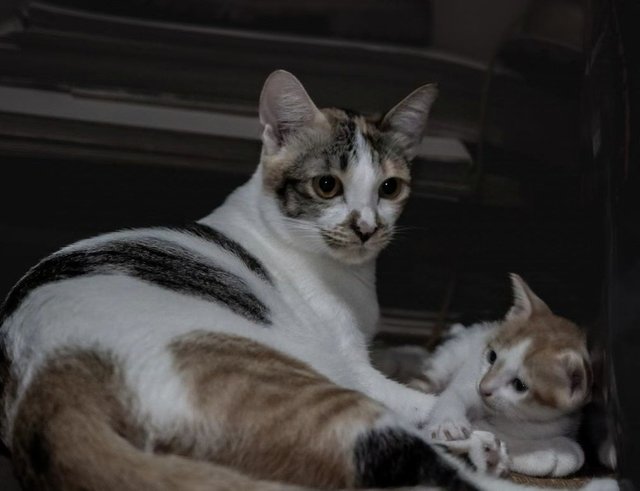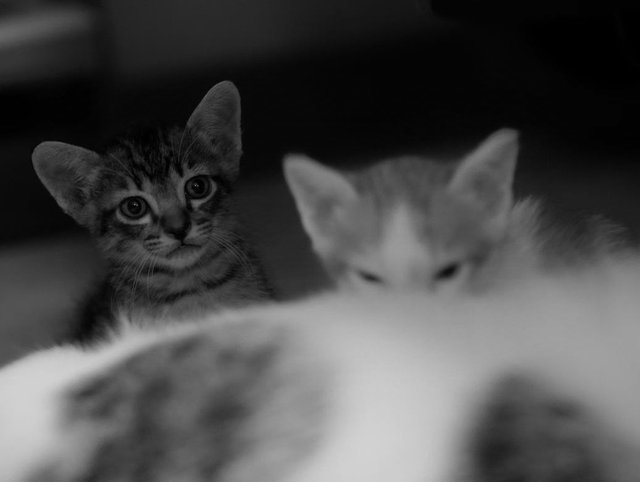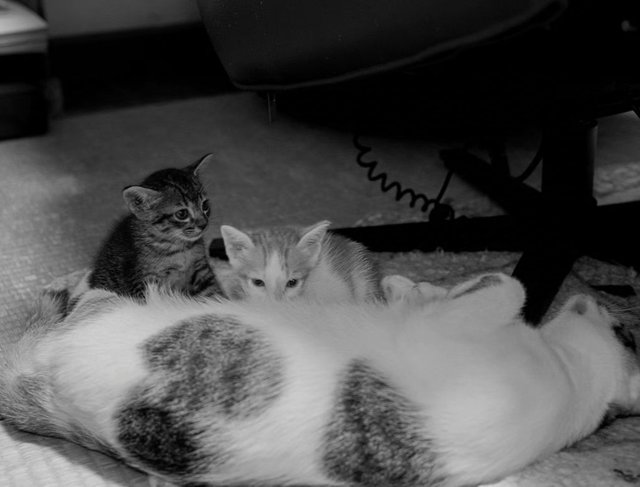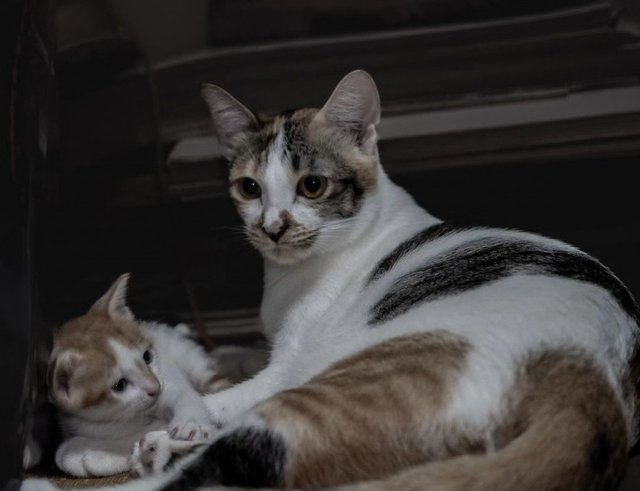Calico cats are one of the most beloved and visually striking types of domestic cats, recognized for their unique and colorful coats. A calico cat's coat is a mosaic of orange, black, and white patches, which gives them a distinctive appearance that has made them popular all around the world. Beyond their beautiful appearance, calico cats are also fascinating from a genetic and cultural standpoint.
What Makes a Cat "Calico"?
The term "calico" refers not to a specific breed, but rather to a coat color pattern. Calico cats have three colors in their fur: orange, black, and white. The way these colors are distributed on the coat gives each calico cat a unique appearance. Some calicos have large patches of color, while others might have a more speckled or mosaic-like pattern.
Genetics of the Calico Coat
The distinctive calico pattern is the result of a genetic phenomenon that is linked to the X chromosome. In cats, the gene that controls coat color is found on the X chromosome, and the colors orange and black are determined by alleles at this locus. Because female cats have two X chromosomes, they have the opportunity to carry both the orange and black color genes. When this happens, a random process called X-inactivation causes one of the X chromosomes to "turn off" in each cell. This leads to patches of fur being either orange or black, depending on which X chromosome is active in any particular area. White fur occurs due to the presence of a separate gene that controls the presence or absence of pigment.
Because male cats have only one X chromosome, it's very rare for them to have both the orange and black colors in their fur. The vast majority of calico cats, therefore, are female. Male calicos do exist, but they are extremely rare and are usually sterile due to genetic anomalies like Klinefelter syndrome, where the male cat has an extra X chromosome.




Thanks For Reading
Device Information
| Device | cannon eos 600D |
|---|---|
| Lens | 55-250 zoom leans |
| Location | Myanmar |
